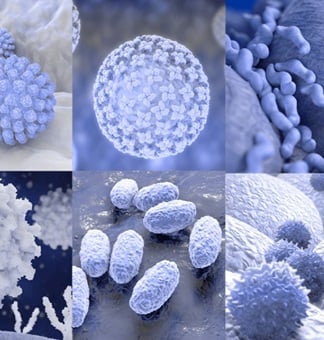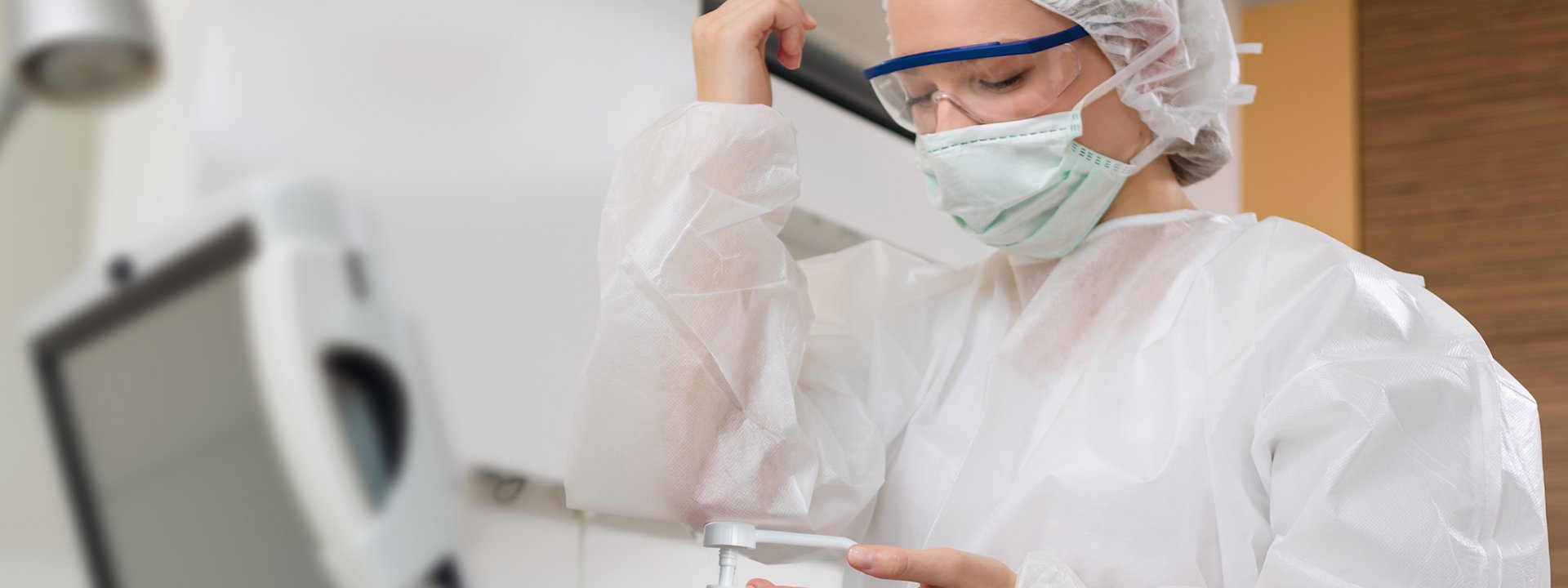Out now: Overview poster of most relevant pathogens


When certain pathogens occur, measures must be taken that go beyond basic hygiene. The aim is to prevent the transmission of pathogens and, as a consequence, corresponding diseases. The necessary measures depend on the respective transmission route through contact, droplets, aerosols, food or blood. In order to be able to assess which steps are necessary, a risk analysis is useful in advance. In the case of droplet-borne pathogens such as influenza viruses, meningococci or rubella viruses, additional protective measures must be taken, such as the spatial isolation of the patient (if possible, individual accommodation) or the staff wearing a mouth-nose protection. Learn everything you need to know about appropriate hygiene measures for specific pathogens here.
Read more about "pathogen-specific hygiene measures" now.